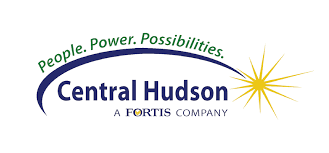Frequently Asked Questions
Our Territories
How close do I need to be to a project to subscribe?
Subscribers must be in the same utility service area as the solar array.
Is there a fee to sign up?
There is no cost to enroll in community solar projects developed by East Light Partners. Although cancellation terms do vary by project, typically, cancellation is allowed at any time with a 90-day notice. This is the amount of time required by the utility for processing.
Will I save money?
The utility credits are sold at a fixed discount to their value. This allows community solar customers to save 10% annually on electricity and support local renewable energy without the upfront cost of installing solar.
How will it appear on my electric bill?
If you own a share of or subscribe to one of our community solar projects, your share of credits will appear each month on your electric bill from your utility. Credits are generated by the solar project as it produces electricity. For example: you use $100 worth of electricity at your home in one month, and your community solar share produces $80 worth of utility credits. The $80 in credits from your share are applied to your electric bill, and your utility bills you for the remaining $20. You pay your community solar provider directly for the cost of your share or subscription.
How is my allocation determined? Do credits roll over month-to-month?
The allocation is automatically determined based on your last 12 months electricity usage. In addition, the allocation is revisited 4 times per year and adjusted in case your electricity usage changes (e.g., electric vehicle would increase your electricity usage, a child leaving for college would decrease your electricity usage). Credits do roll over month-to-month since solar projects produce more electricity in the summer months.
Who pays for the array to be built?
East Light spearheads the development and construction of these systems, pulling together the financing, insurances, technical expertise and other resources they need. They are repaid over time by the revenues flowing into the project from subscribers. Because the cost of solar power is falling sharply, customers and developers can both benefit financially.



